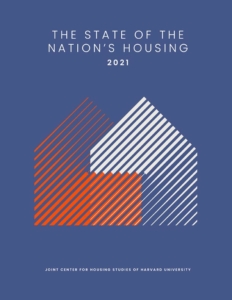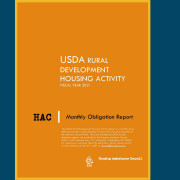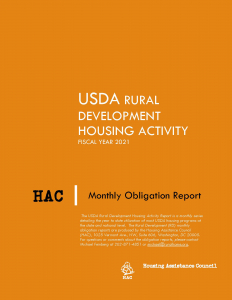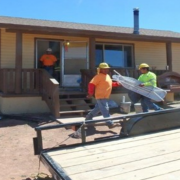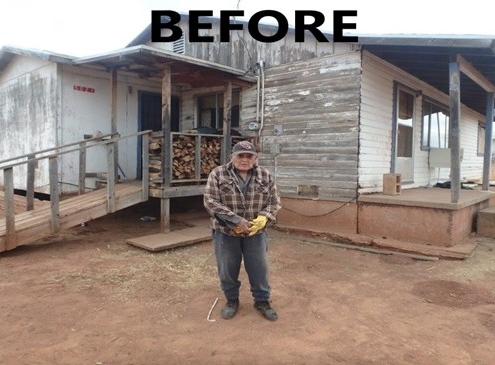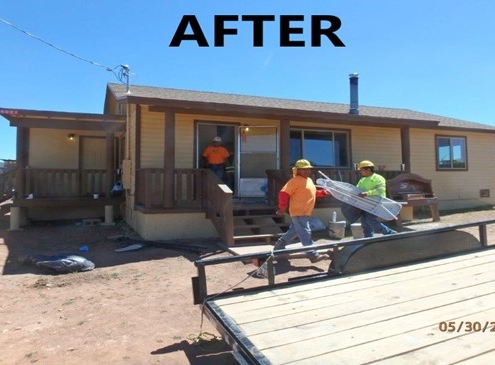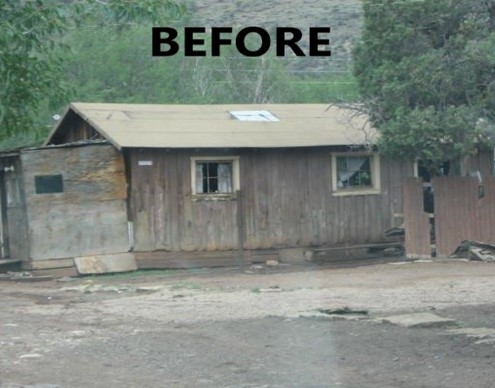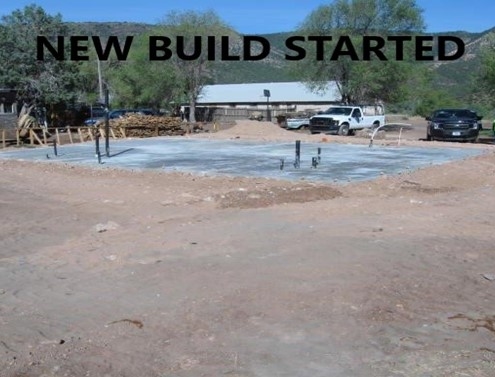The Housing Assistance Council (HAC) presents this month’s report on Fiscal Year 2021 USDA Rural Housing program obligations.
As of the end of February, USDA obligated 60,232 loans, loan guarantees, and grants totaling about $10,330,206,982. This is $2,134,121,531 higher than obligation levels from this time last year. At that time, there were 53,209 loans, loan guarantees, and grants obligated totaling $8,196,085,451.
Federal agencies operated under a series of short-term continuing resolutions (CR) for most of the first quarter of FY 2021. A final CR was signed into law on December 27, 2020 which provides funding for the remainder of the fiscal year. Since March 20, 2020, USDA offices have been operating from remote locations due to the COVID-19 virus.
Single Family Housing Program Highlights
The Section 502 Guaranteed loan program, the largest of the Single Family Housing programs, obligated $9,888,959,509 (56,221 loan guarantees) up from $7,721,657,308 ( 48,119 loan guarantees) this time last year.
For the Section 502 Direct program, loan obligations totaled $356,827,444 (1,965 loans), similar to last year’s obligation level of $365,962,478 (2,157 loans.) About 38 percent of the loan dollars went to Very Low-income (VLI) applicants. VLI loans represented over 44 percent of the total number of Section 502 Direct loans.
The Section 504 Repair and Rehabilitation programs obligated 750 loans representing $4,369,687. Loan volume was up from this time last year (1,015 loans representing $6,193,027.) There were also about $7,942,283 (1,245 grants) obligated in the Section 504 grant program compared to $12,003,752 (1,869 grants) last year.
USDA’s Section 523 Self Help Housing Grant program funded 6 grants and contracts totaling $3,710,175 up from last year’s 3 grants and contracts totaling $1,900,426.
Multi-Family Housing Programs
USDA’s Section 538 Multifamily Housing program obligated 35 loan guarantees totaling $68,356,333 compared to last year’s 29 loan guarantees ($60,715,592.) No Section 515 Rural Rental Housing program have been funded so far this year, similar to last year at this time. There have been 0 loans and 5 grants obligated in the MPR program totaling $0 and $251,778 this year compared to 0 loans and 3 grants representing $0 and $988,734, respectively last year.
No Farm Labor Housing loans or grants have been funded so far this year. Last year at this time, 9 loans and 5 grants were obligated ($18,630,577 and $5,853,855, respectively.)
USDA obligated funds for 38,592 rental assistance units under the Section 521 Rental Assistance program totaling $219,583,640. This compares to about 83,226 units ($477,189,635) obligated same time last year. There were also 1,939 Rural Housing Vouchers totaling $9,651,145 compared to2,340 vouchers representing $11,057,083 this time last year.
Download the combined document.
* The Rural Housing Service (RHS) monthly obligation reports are produced by the Housing Assistance Council (HAC) 1025 Vermont Ave., NW, Suite 606, Washington, DC 20005. The monthly figures derive from HAC tabulations of USDA –RHS 205c, d, and f report data. For questions or comments about the obligation reports, please contact Michael Feinberg at 202-842-8600 or michael@ruralhome.org.

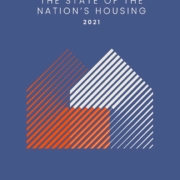 Harvard Joint Center for Housing Studies
Harvard Joint Center for Housing Studies